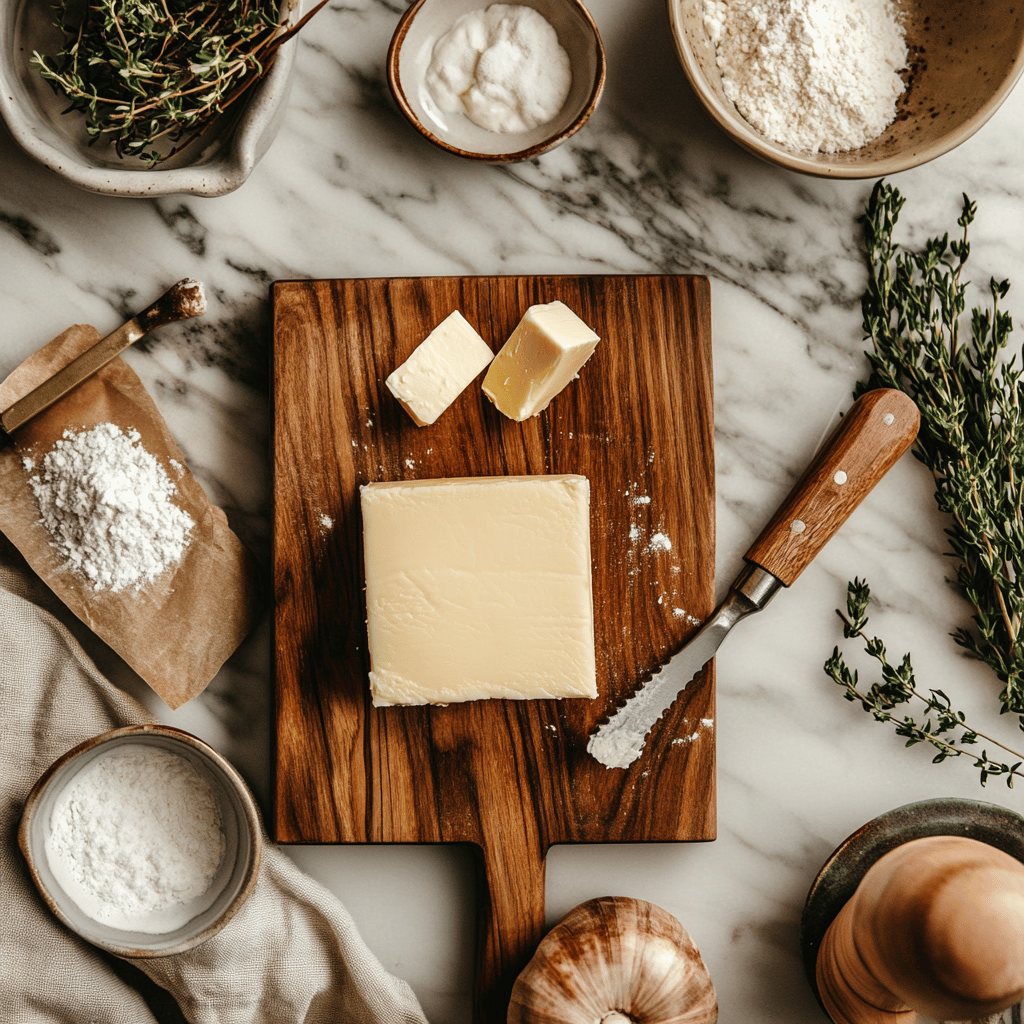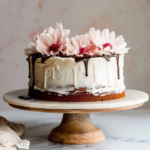The Best Fluffy Pancakes recipe you will fall in love with. Full of tips and tricks to help you make the best pancakes.

Tested by Bakers: This Is the Best Way to Soften Butter Fast
In the world of baking, timing is everything. One common struggle that almost every home baker faces is how to soften butter quickly without sacrificing quality. Whether you’re whipping up a batch of cookies or preparing the creamiest frosting, room-temperature butter is essential for achieving that perfect texture. In this article, we’ll explore the most effective methods to soften butter quickly, along with tips, tricks, and the science behind why butter needs to be softened.
Why Softened Butter Matters
To understand the importance of softened butter, it helps to know why many recipes call for it to be at room temperature. Here’s why:
- Better incorporation: Softened butter mixes more easily with sugar and other ingredients, allowing for a uniform blend which results in light and tender baked goods.
- Improved texture: Soft butter creates an emulsion with sugar, leading to a fluffy and creamy consistency that is often the foundation for cookies, cakes, and frostings.
- Enhanced flavor: When incorporating softened butter into mixtures, the fat molecules are able to coat other ingredients effectively, releasing flavors and aromas.
What Happens When Butter Is Too Cold?
When butter is too cold, it becomes hard and difficult to incorporate into the mix. This can lead to:
- Dense baked goods: Cold butter doesn’t cream well with sugar, resulting in dense cookies or cakes.
- Unstable mixtures: The butter may clump, leading to unevenly mixed batter or dough.
- Longer prep times: Trying to soften cold butter while starting other components can cause delays and stress in the kitchen.
Methods to Soften Butter Quickly
1. The Microwave Method
One of the quickest ways to soften butter is using a microwave, but caution is necessary to avoid melting it.
- Step 1: Cut the butter into smaller pieces, about 1 tablespoon each. This allows the heat to distribute evenly.
- Step 2: Place the butter on a microwave-safe plate.
- Step 3: Microwave on low power (about 30% power) in 10-second intervals, checking frequently to ensure it doesn’t begin to melt.
- Tip: Rotate the plate every 10 seconds to ensure even softening.
2. The Warm Bowl Method
If you have a little more time, warming a bowl can create a softening environment for your butter.
- Step 1: Boil water and pour it into a bowl to heat the sides. Let it sit for a few minutes before draining.
- Step 2: Place the warm bowl upside down over your butter, creating a mini green house effect.
- Step 3: Let it sit for about 5-10 minutes, and the heat will gently warm the butter to a perfect soft texture.
- Tip: Be sure the bowl isn’t too hot as it can melt the butter.
3. Grating the Butter
This method is perfect for when you need softened butter immediately.
- Step 1: Use a box grater to shred cold butter into thin shavings.
- Step 2: Let the shavings sit at room temperature for about 5 minutes to soften further.
- Tip: This method is particularly great for recipes that need butter to be incorporated quickly.
4. Fish Out the Dishwasher’s Heat
If you’ve recently run your dishwasher, consider utilizing its residual heat.
- Step 1: Place your butter on the top rack of the dishwasher immediately after the cycle finishes.
- Step 2: Close the door and let it sit while you prepare other ingredients.
- Tip: Depending on the cycle’s heat level, this can take anywhere from 5-15 minutes.
5. Use a Warm Glass Jar
A simple glass jar can be transformed into a butter-softening tool.
- Step 1: Fill a glass jar with hot water. Let it sit for a couple of minutes, then empty it.
- Step 2: Immediately place the inverted jar over your butter on a plate.
- Step 3: Leave it for 5-10 minutes for fast softening.
Alternative Techniques for Different Baking Scenarios
For Baking Cookies
If you’re making cookies, softening butter is crucial for a perfect texture.
- Chop Your Butter: Cut the butter into small cubes to increase the surface area and speed up softening.
- Use a Stand Mixer: If you have a stand mixer, you can start mixing the butter marginally with some sugar to promote softening while ensuring it’s well incorporated.
For Frostings
Frostings require a super creamy and fluffy butter consistency.
- Blend and Beat: If your butter is too hard, consider blending smaller pieces until a creamier consistency is achieved.
- Warm Syrup or Cream: Warm a bit of heavy cream or syrup and add it to the cold mixture gradually to help with incorporation.
Common Mistakes When Softening Butter
As bakers, avoiding pitfalls can save time and frustration. Here are common mistakes to watch out for:
- Microwaving on High: Microwaving your butter on high often results in melted butter rather than softened.
- Leaving Butter Out Too Long: Leaving butter at room temperature for too long can cause it to become too soft or even spoil.
- Forgetting the Unwrapping: Always unwrap your butter before honoring it with heat—stick wrappers can trap moisture and heat.
The Science Behind Softening Butter
Baking is as much a science as an art, and understanding the science behind softening butter can help improve your baking skills:
- Fat Molecules: Butter consists of fat molecules that need to be emulsified in the mixture. Soft butter allows better mixing and emulsification, leading to better textures.
- Temperature Control: Temperature will influence the way your butter interacts with other ingredients—it will change from solid to liquid, which can impact your end result.
- Consistent Texture: Achieving consistency in baking means maintaining the right butter temperature. Consistent methods yield consistent outcomes.
Wrapping it Up: The Best Way to Soften Butter Fast
Knowing how to soften butter quickly can elevate your baking game, streamline your preparation process, and improve the quality of your baked goods. From the reliable microwave method to the innovative warm bowl technique, these methods can yield perfectly softened butter in no time! Remember, each baking scenario might call for a unique approach, so feel free to experiment and find what works best for you.
If you liked this, check out our recipe for savory 30-minute stuffed shells, where the right texture can make all the difference!





